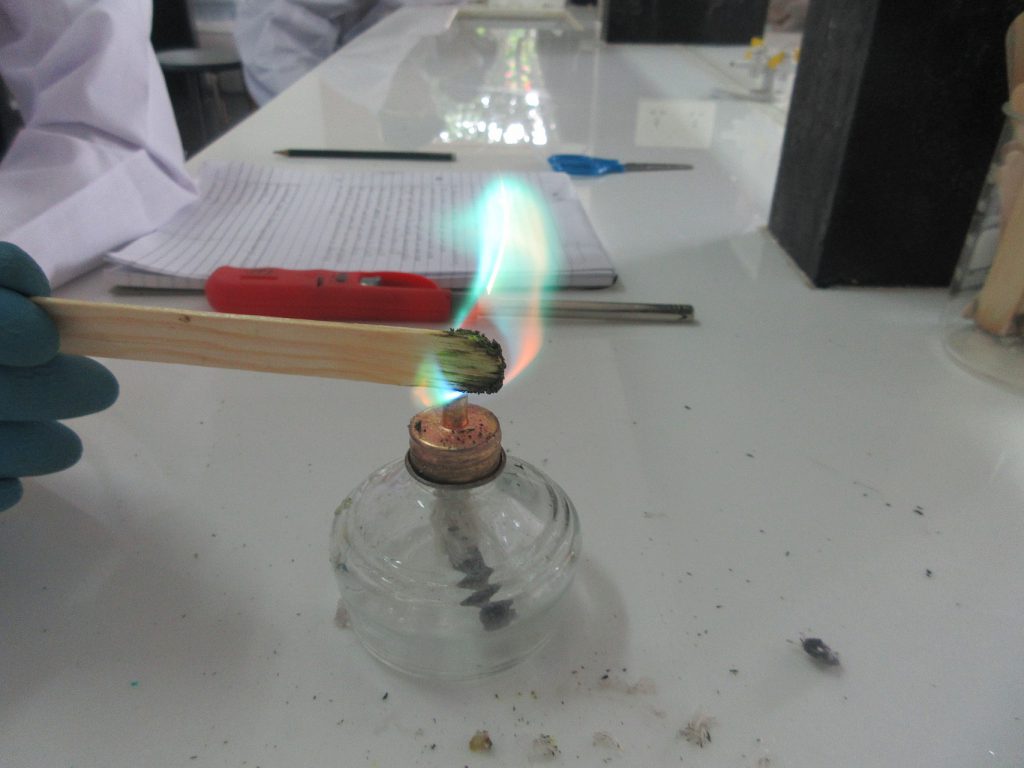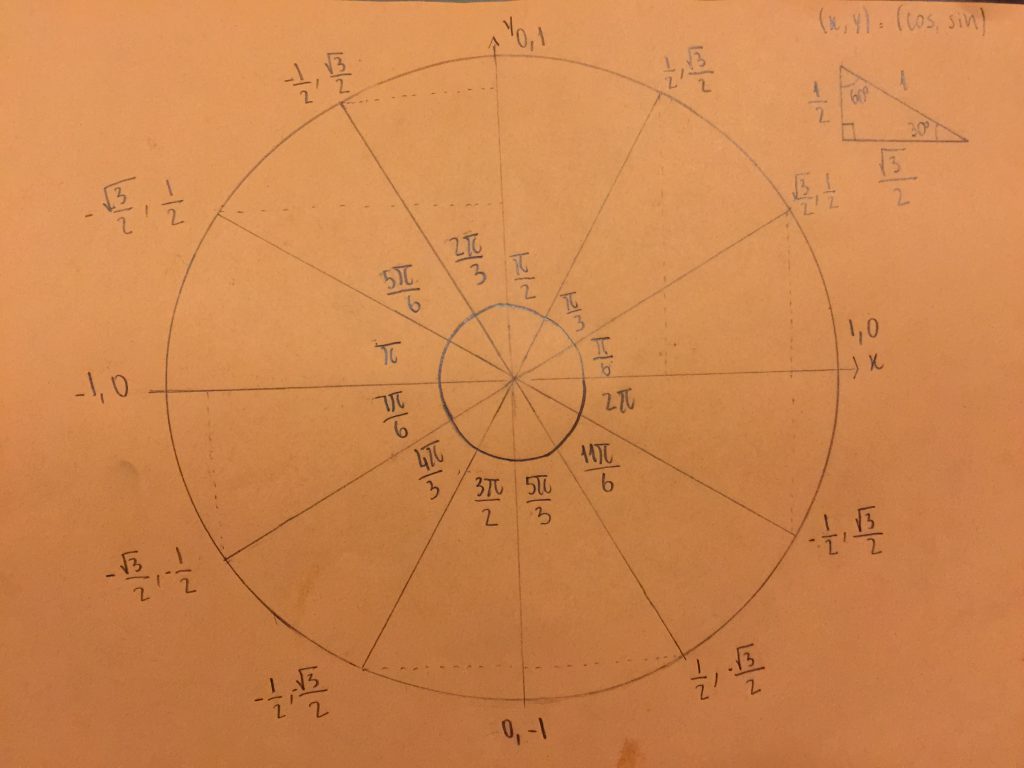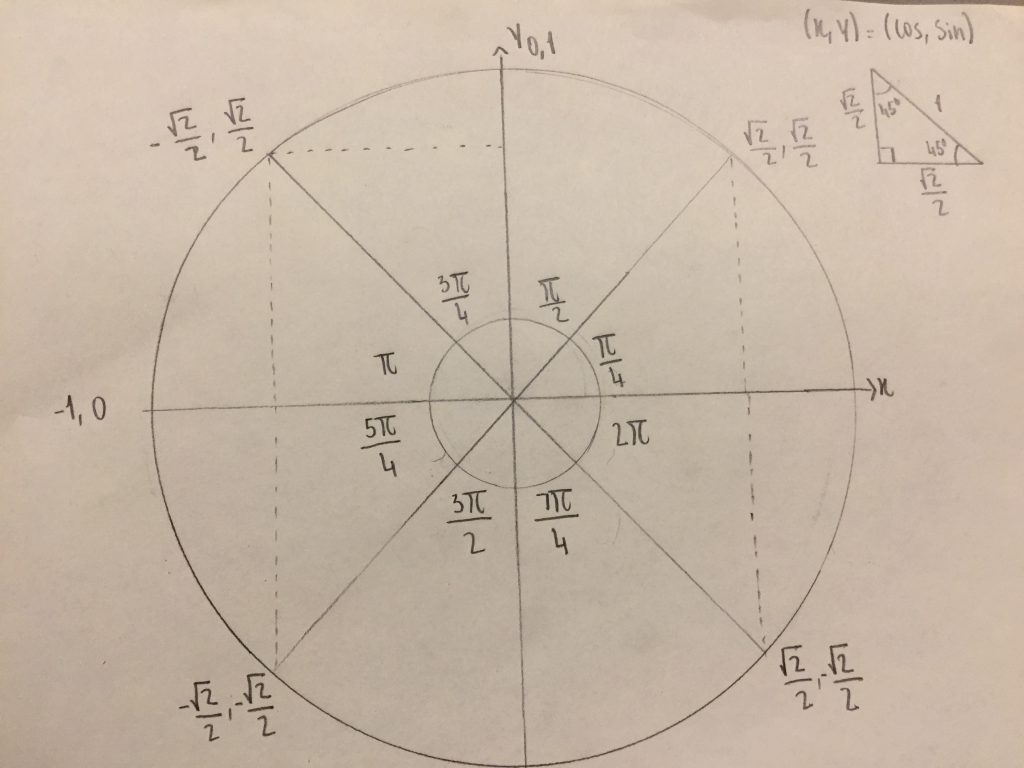In literacy class, we had a project to write an article about any topic ralating to gender equity. My article include different perspectives of female on what a real man should be like.
When we think of a man, we often think of masculinity. But are all men masculine? Or do they need to be masculine?
That’s the way many men think about how they should be. This is not necessarily what girls and women think.
I asked a question to several females I know, ranging from Asians to Westerns, and from 15-year-old teenagers to a 30-year-old woman. The question is “What does a real man mean to you?”
Very little of the responses claimed a man needs to be strong! In fact, many think a real man is much more than just their appearance.
“If a person identifies himself as a man, he’s a real man,” Vornsar Ses, my close friend, mentioned. Similarly, Samantha Cody, a learning facilitator at Liger wrote to me, “I would say, my idea of a ‘real man’ is: a person who wants to be called a man. Pretty simple, but that’s about my only standard–you’re a “real man” if you identify as a man, nothing more required or expected of you.” The same idea is said by Cara Shelton, another learning facilitator, “… a real man must want to identify as a man.”
Some said to be a real man, you just need to exist!
“He should physically exist!” Sreynith Sam, another friend of mine, briefly said.
Despite those simple requirements, there are some characteristics an ideal man should have. Cara genuinely expressed, “there is not much more ‘real’ a man needs other than existing. However, I would be lying if I said I didn’t have certain ideas of an ideal man or “real man” in the colloquial sense.” She continued, “he sees and treats women as equals and acknowledges that the expectations and roles we all participate in are socially created and not natural because of our sex. He applies the traditions or practices of being a “gentleman” to all people and all manners of his life.”
Alice Dimitroulis, a teenage girl from Australia, indicated, “for me, a real man doesn’t necessarily have to do with physical appearance. I understand the term itself is sometimes used to challenge a man’s confidence, for example ‘you’re not a real man if you can’t lift those heavy weights.’” She went on to say that a real man should be honest with himself, doesn’t fall into peer pressure, doesn’t worry about being the best and doesn’t take offense when others say he’s not a real man. Likewise, Cara remarked, “A real man is not threatened by successful, powerful women.”
A Korean teenager, Soyeon Lee, responded that there are a few aspects of an ideal man, “for me, ‘real man’ is [someone] who is good at his own area such as debate, sports or math(ability), a warm hearted man(personality), and can be looked nice at least to me(appearance).” Comparably, one of my friends feels that a real man is someone that “people can depend on, learns from his mistakes, does what is necessary, could make people around him smile [and] respectful”
Respect and appreciation are also essential ingredients for a real man. Many said they should admire others around them, especially women. Sreynith believes a real man is “a man who respects women and does not humiliate them.” Another friend of mine commented, “He’s grown up and respectful. He should be a feminist, not going against anyone. He should be a wise man to be a real man.” Cara made a few other points about different aspects of appreciation, “a real man is not homophobic. A real man tries to avoid language that is offensive and stereotyped. A real man can appreciate and admire female beauty while also controlling himself and remaining loyal (if this has been decided in a relationship).”
I’ve been communicating other women’s perspective of men, but I haven’t revealed anything about my idea of a real man. An ideal man to me is all of the above. I know that a man can’t be all those things, so to me, the most important characteristic is that a real man is able to show his emotion when necessary. Even though many people consider this expression as weak, it’s not in my opinion. I clearly remember a statement and fell in love with it ever since. The statement was made by Arn Chorn pond, the founder of Cambodian Living Arts, and he said, “it takes a real man to cry.”
I’m clearly aware that different people have different views of what a real man is like. Our opinions on a real man might be different from those of our best friends, or parents and grandparents. There is no one definition of a real man. Everyone of us needs to acknowledge this fact and encourage men to be whoever they want, regardless if they fit in your definition of a real man.






